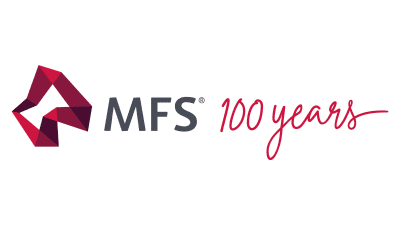Profitability the key challenge for life insurers



It is a measure of the attractiveness of the life insurance industry in Australia that in the past five years most of the major banks and, of course, AMP have exited the space.
It has only been in the past few months and after a succession of adjustments that AIA Australia Limited has managed to complete its acquisition of CommInsure from the Commonwealth Bank and it was late in December that MLC Life announced that it had received a combined capital injection of $650 million from its parent, Nippon Life, and from National Australia Bank (NAB).
Then, too, Zurich has settled down its acquisition of ANZ’s Life Insurance business while AMP Limited has started to move beyond the sale of AMP Life to Resolution Life while contemplating its own broader future.
For its part, Westpac late last year sold its general insurance business to Allianz after previously having announced a $406 million writedown of its life insurance business.
For its part, TAL picked up Suncorp’s Asteron Life insurance business in the first half of 2019.
So, the bottom line for the Australian life insurance industry and for life/risk advisers is that, for the most part, the major banks and AMP are out of the life insurance business leaving the market to specialist insurers.
According to the latest data compiled by specialist life/risk research and ratings house, Dexx&r the industry is now dominated by three players – TAL, AIA Australia and MLC Life – who accounted for almost 50% of the market before acquisitions were taken into account.
Notwithstanding the exit of the major banks, the life insurance industry has had to work hard to maintain profitability with some product lines such as disability insurance (DI) continuing to drag on their bottom lines.
This is evidenced by the latest available data from the Australian Prudential Regulation Authority (APRA) which said that for the year to September 2020, the industry had reported a significant net loss after tax of $1.6 billion ($0.2 billion profit for the year to September 2019) and a negative return on net assets of 6.2% (0.9% for the year to September 2019).
The regulator said the deterioration was caused by the persistent poor performance of risk business ($1.5 billion loss during the year), and large falls in investment revenue, mainly from the market volatility impacts of COVID-19 in the March quarter.
It noted that within risk products, individual lump sum (ILS) was the only category reporting a profit in the 12 months to September 2020.
“Individual disability income insurance (DII) recorded a substantial loss of $1.3 billion during the year, primarily driven by reserve strengthening as adverse claims experience persists,” it said. “Group LS and DII have also deteriorated this year, reporting a $403.2 million and $147.9 million loss respectively.”
What should be disturbing to not only insurers but to APRA and the Government as well is the evidence that notwithstanding the struggling profitability of the industry, Australia’s underinsurance gap is continuing to widen.
This was evidenced by research published by actuarial research house, Rice Warner which late last year pointed to changes in sums insured since 30 June, 2018, revealed that the total sum insured across all distribution channels had actually decreased.
“It has decreased by 17% and 19% for death and total and permanent disability (TPD) cover respectively since June 2018,” the Rice Warner analysis said. “This is a significant reduction and is driven mostly be the drop in group insurance inside superannuation, being 27% for death and 29% for TPD cover.”
While pointing to the decline in group insurance cover largely due to Government policy initiatives such as its Protecting Your Super regime, the Rice Warner research also pointed to declines with respect to advised insurance.
It said retail advised insurance new business sales volumes had been reducing, due to a similar reduction in active insurance advisers.
“The aggregate sum insured held via this distribution has been decreasing since the end of 2018,” the analysis said. “Although we will see product innovation as insurers respond to APRA’s intervention in Retail Income Protection products, it will be challenging to completely reverse this trend.”
Recommended for you
In the latest edition of Ahead of the Curve in partnership with MFS Investment Management, senior managing director Benoit Anne explores the benefits of adding global bonds to a portfolio.
While M&A has ramped up nationwide, three advice heads have explored Western Australia’s emergence as a region of interest among medium-sized firms vying for growth opportunities in an increasingly competitive market.
Private wealth firm Escala Partners is seeking to become a leading player in the Australian advice landscape, helped by backing from US player Focus Financial.
In this new series in partnership with MFS Investment Management, delve into all things fixed income and discover how you can use the asset class to build better client portfolios. In this Q&A discussion, MFS managing director- head of wholesale distribution James Langlands sits down with Evidentia senior asset consultant Ron Mehmet to discuss fund selection.








